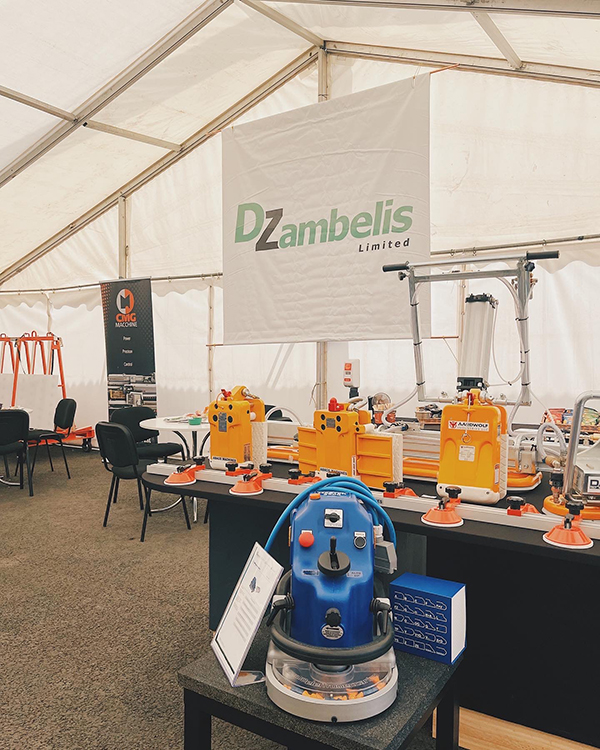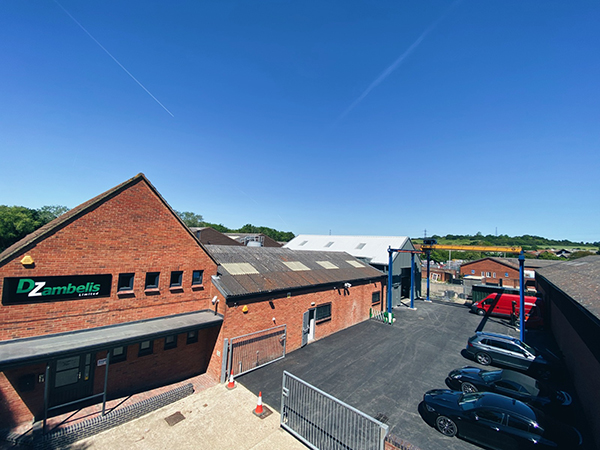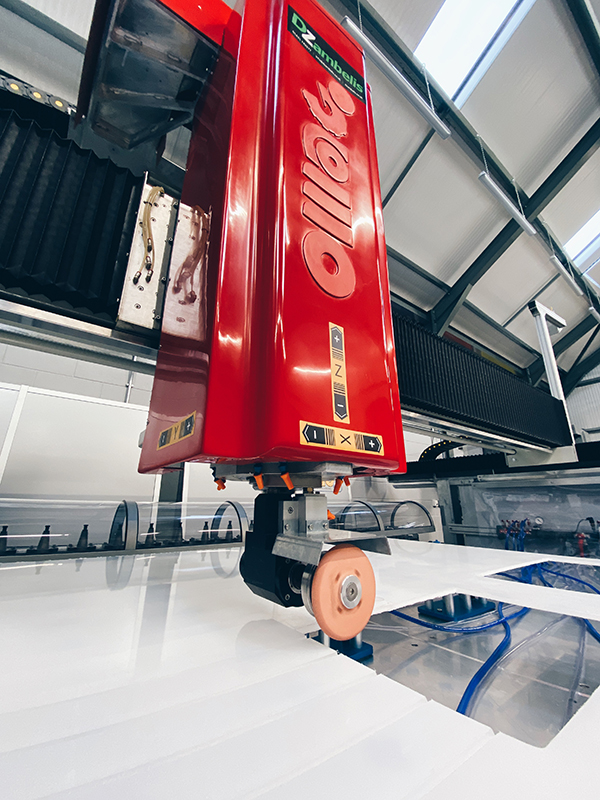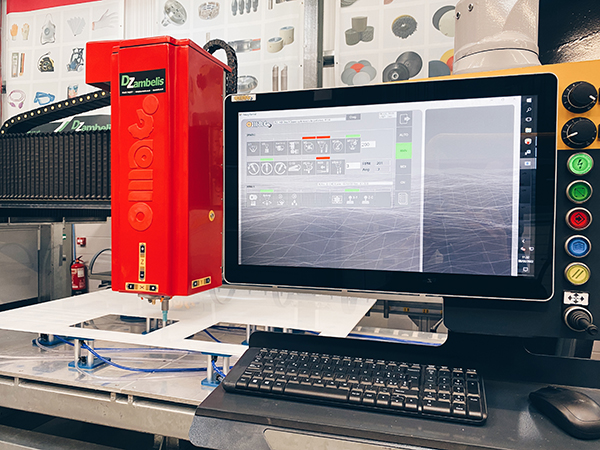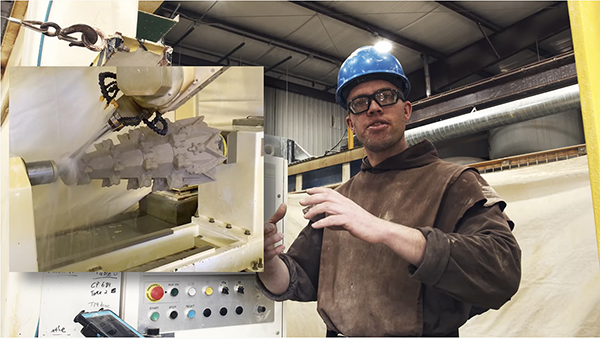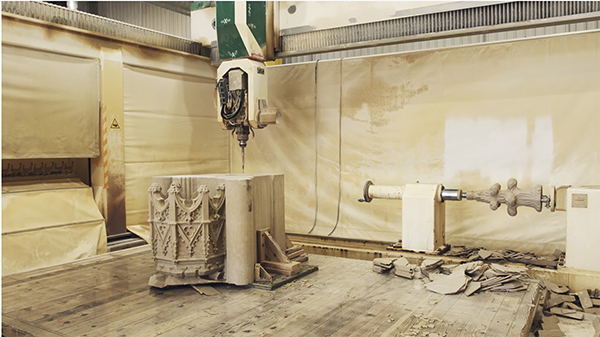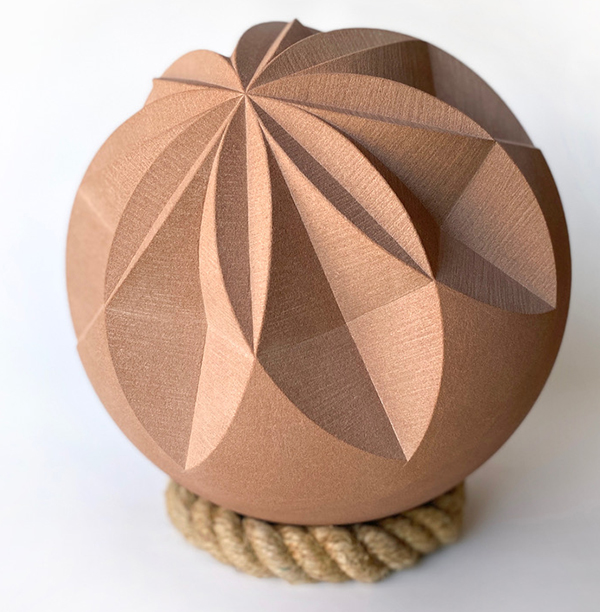Engineered stone manufacturer Caesarstone has launched an online health & safety and professional standards training programme for stone fabricators in the UK.
It includes a virtual training centre with topics covering health & safety, professional know-how, and value adding.
You can take a look at it at bit.ly/master-of-stone, although to access the training centre you need to contact your local Caesarstone representative or email info@caesarstone.co.uk to receive a company code and ID number.
“We are delighted to launch the Master of Stone training programme in the UK,” says Amir Reske, Managing Director of Caesarstone in the UK.
“Since we set up our UK business more than five years ago we have promoted health & safety industry best practice to our customers, starting with the Caesarstone University.
“As our business has grown, we have moved this training material online in order to make it more accessible to those working in the industry.
“Master of Stone is the next step in this evolution and the e-learning modules have moved the industry forward again.
“The development of the program is an investment in our wider industry, and Caesarstone is committed to establishing a safe working environment for everyone operating within it."
The Master of Stone e-learning modules cover areas such as air monitoring, water with machinery, respiratory protective equipment, and worktop installation safety.
They can be easily accessed on any PC, laptop, tablet, or mobile phone. Globally, around two thousand fabricators have already completed the training modules, which can be achieved in under an hour.
Having completed the course you receive a Master of Stone certificate.
By following simple guidelines, stone workers fabricating high silica content quartz and granite worktops and vanities can be kept safe.
Amir: “We have to keep working in such a way that protects and promotes health & safety in the workplace and the long-term sustainability of our industry, which is reliant on the raising of professional standards and the protection of all those working throughout the supply chain.
“A race to the bottom, in any sense, inevitably leads to compromises on health & safety, material quality, craftsmanship, service and industry professionalism, which in turn will set the fabrication industry on a declining path.”
Caesarstone believes there is a real need within the industry for clear, concise information, which is why it decided to provide a platform offering health & safety and professional information for fabricators.
And it is not just for UK companies. Caesarstone is based in Israel and launched its Master of Stone programme for international consumption in 2019, beginning with the publication of a Good Practice Guide that details how people fabricating worktops can maintain a safe environment.
This was handed out to fabricators working with Caesarstone in conjunction with Safety Data Sheets containing further technical and safety information. More than 650 UK fabricators have received these publications.
Since then the Master of Stone programme has evolved and now consists of several components, including a website, online training centre, certification, and educational and awareness material, all of it available free to everyone in the industry, not just those who work with Caesarstone.
The goal is to provide educational information and training, presented in a straightforward, clear and digestible manner. And it is available in 10 languages.
Through Master of Stone, Caesarstone emphasises that safety is a crucial part of a fabricator's professional skills.
The online training centre contains nine training modules, which take about an hour to complete. They can be seen on mobile phones, desktop or laptop computers.
www.caesarstone.co.uk
